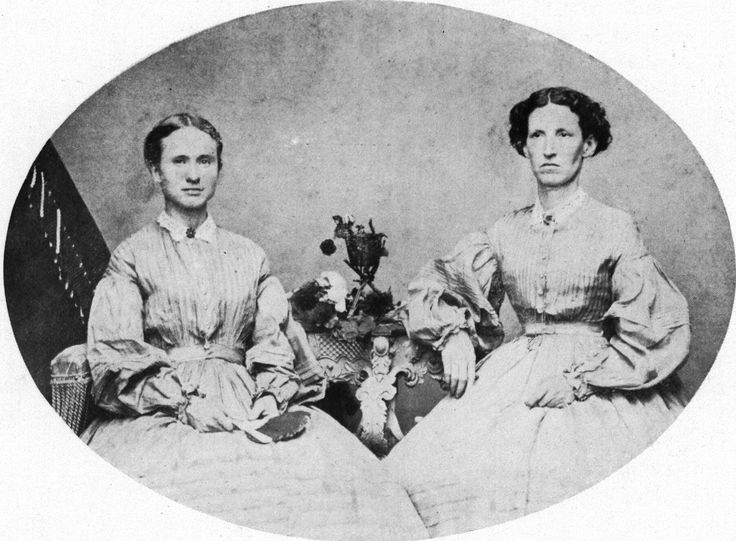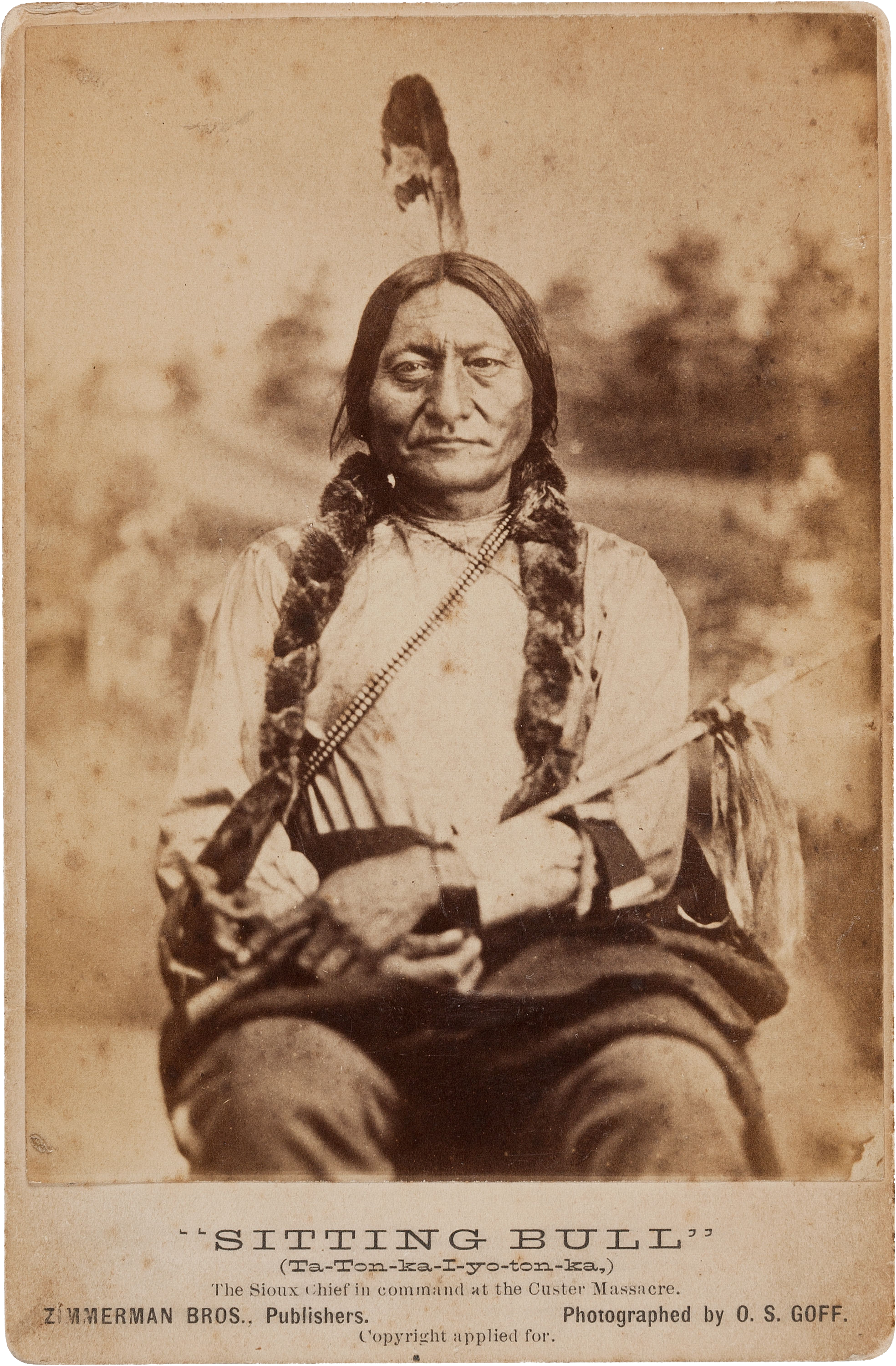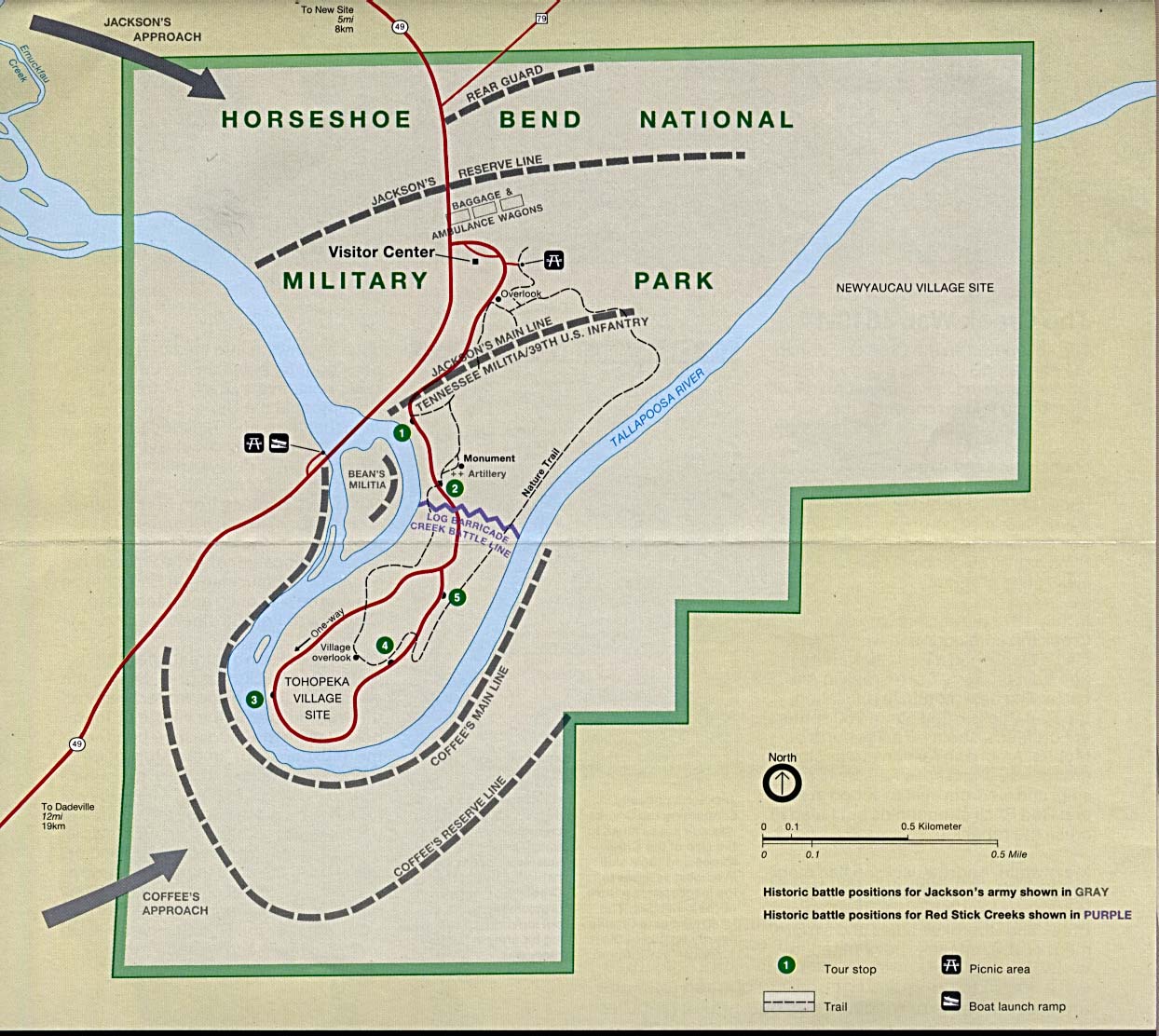|
Thomas Gilcrease
William Thomas Gilcrease (February 8, 1890 – May 6, 1962) was an American oilman, art collector, and philanthropist. During his lifetime, Gilcrease collected more than 10,000 artworks, 250,000 Native American artifacts and 100,000 rare books and documents, including the only surviving certified copy of the Declaration of Independence. He was the founder of Gilcrease Museum in Tulsa, Oklahoma. In 1971, he was inducted into the Hall of Great Westerners of the National Cowboy & Western Heritage Museum. Biography Early life Gilcrease was born in Robeline, Natchitoches Parish, Louisiana, on February 8, 1890. He was the son of William Lee Gilcrease and Mary "Elizabeth" ee VowellGilcrease, a Muscogee Creek. Mary "Elizabeth" was an enrolled member of the Muscogee (Creek) Nation, and shortly after his birth, the family moved to Indian Territory to take advantage of the allotments in the Creek Nation. The family lived on tribal lands near Eufaula, Oklahoma. After the move, Gi ... [...More Info...] [...Related Items...] OR: [Wikipedia] [Google] [Baidu] |
Robeline
Robeline is a village in western Natchitoches Parish, Louisiana, United States. The population was 183 at the 2000 census. It is part of the Natchitoches Micropolitan Statistical Area. History Robeline was the capital of Texas for 50 years. Robeline was owned by the Spanish and a creek formed the border between Spanish Texas and French Louisiana. During 1870-1917, a railroad was built through Robeline and Marthaville, Louisiana. The town was rich with resources and money, but the railroad was abandoned in 1960, and Robeline declined. It now has a convenience store, dollar store, several churches, and considerable wilderness. According to a 2007 report,http://www.thenewspaper.com/rlc/docs/2007/la-speedtraps.pdf Robeline was named one of the ten worst speed traps in the state of Louisiana. Robeline made 85.73 percent of its revenue, an average of roughly $1,517 per capita population, from fines and forfeitures in the 2005 fiscal year. In the 1880s, Robeline had a weekly news ... [...More Info...] [...Related Items...] OR: [Wikipedia] [Google] [Baidu] |
Mounds, Oklahoma
Mounds is a town in Creek County, Oklahoma, United States. It is located just south of Tulsa; the town's population was 1,168 at the 2010 census, an increase of 1.3 percent from the figure of 1,153 recorded in 2000. History The post office for this community was established in 1895 and originally named "Posey", for the Creek poet Alexander Posey, who lived in Eufaula, Oklahoma. In 1898, the town was moved southwest and renamed "Mounds" for twin hills that were nearby. By 1901, the St. Louis, Oklahoma and Southern Railway (later the St. Louis and San Francisco Railway) built a track through Mounds, and the town became an important cattle shipping point. Mounds incorporated as a city in the same year. The discovery of oil in the Glenn Pool field in 1905 turned Mounds into a shipping point for crude oil instead of cattle. In the early days, Mounds was on the route of the Sapulpa & Interurban Railway (“S&I”) streetcar/interurban line connecting to Tulsa through Sapulpa, Kief ... [...More Info...] [...Related Items...] OR: [Wikipedia] [Google] [Baidu] |
Nacogdoches County
Nacogdoches County ( ) is a county located in the U.S. state of Texas. As of the 2010 census, its population was 64,653. Its county seat is Nacogdoches. The Nacogdoches, TX Micropolitan Statistical Area includes all of Nacogdoches County. Nacogdoches hosts the Blueberry Festival in June. The county is the top blueberry producer in Texas and is headquarters for the Texas Blueberry Marketing Association. It tagged itself as the "Capital of the Texas Forest Country". History The county was created in 1826 as a municipality of Mexico and organized as a county in 1837. Geography According to the U.S. Census Bureau, the county has a total area of , of which is land and (3.5%) is water. Adjacent counties * Rusk County (north) * Shelby County (northeast) * San Augustine County (southeast) * Angelina County (south) * Cherokee County (west) National protected area * Angelina National Forest (part) Demographics ''Note: the US Census treats Hispanic/Latino as an ethnic cate ... [...More Info...] [...Related Items...] OR: [Wikipedia] [Google] [Baidu] |
Nacogdoches
Nacogdoches ( ) is a small city in East Texas and the county seat of Nacogdoches County, Texas, United States. The 2020 U.S. census recorded the city's population at 32,147. Nacogdoches is a sister city of the smaller, similarly named Natchitoches, Louisiana, the third-largest city in the southern Ark-La-Tex. Stephen F. Austin State University is located in Nacogdoches. History Early years Local promotional literature from the Nacogdoches Convention and Visitors Bureau describes Nacogdoches as "The Oldest Town in Texas". Evidence of settlement at the same site dates back to 10,000 years ago. It is near or on the site of Nevantin, the primary village of the Nacogdoche tribe of Caddo Indians. Nacogdoches remained a Caddo Indian settlement until the early 19th century. In 1716, Spain established a mission there, Misión Nuestra Señora de Guadalupe. That was the first European construction in the area. The "town" of Nacogdoches got started after the French had vacated the ... [...More Info...] [...Related Items...] OR: [Wikipedia] [Google] [Baidu] |
Osage Nation
The Osage Nation ( ) ( Osage: 𐓁𐒻 𐓂𐒼𐒰𐓇𐒼𐒰͘ ('), "People of the Middle Waters") is a Midwestern Native American tribe of the Great Plains. The tribe developed in the Ohio and Mississippi river valleys around 700 BC along with other groups of its language family. They migrated west after the 17th century, settling near the confluence of the Missouri and Mississippi rivers, as a result of Iroquois invading the Ohio Valley in a search for new hunting grounds. The term "Osage" is a French version of the tribe's name, which can be roughly translated as "calm water". The Osage people refer to themselves in their indigenous Dhegihan Siouan language as 𐓏𐒰𐓓𐒰𐓓𐒷 ('), or "Mid-waters". By the early 19th century, the Osage had become the dominant power in the region, feared by neighboring tribes. The tribe controlled the area between the Missouri and Red rivers, the Ozarks to the east and the foothills of the Wichita Mountains to the south. Th ... [...More Info...] [...Related Items...] OR: [Wikipedia] [Google] [Baidu] |
San Antonio, Texas
("Cradle of Freedom") , image_map = , mapsize = 220px , map_caption = Interactive map of San Antonio , subdivision_type = Country , subdivision_name = United States , subdivision_type1= State , subdivision_name1 = Texas , subdivision_type2 = Counties , subdivision_name2 = Bexar, Comal, Medina , established_title = Foundation , established_date = May 1, 1718 , established_title1 = Incorporated , established_date1 = June 5, 1837 , named_for = Saint Anthony of Padua , government_type = Council-Manager , governing_body = San Antonio City Council , leader_title = Mayor , leader_name = Ron Nirenberg ( I) , leader_title2 = City Manager , leader_name2 = Erik Walsh , leader_title3 = City Council , leader_name3 = , unit_pref = Imperial , area_total_sq_mi = 504.64 , area_total_km2 = 1307.00 , area_land_sq_mi = 498.85 , area_land_km2 = 1292.02 , area_water_sq_mi = 5.79 , area_water_km2 ... [...More Info...] [...Related Items...] OR: [Wikipedia] [Google] [Baidu] |
Glenn Pool Oil Reserve
The discovery of the Glenn Pool Oil Reserve in 1905 brought the first major oil pipelines into Oklahoma, and instigated the first large scale oil boom in the state. Located near what was—at the time—the small town of Tulsa, Oklahoma, the resultant establishment of the oil fields in the area contributed greatly to the early growth and success of the city, as Tulsa became the petroleum and transportation center of the state, and the world. During the boom, several Creek Indian land allotment owners became millionaires; Oklahoma became the world's largest oil producer for years; and the area benefited from the generation of more wealth than the California Gold Rush and Nevada Silver Rush combined, as well as the increased investment capital and industrial infrastructure the boom brought with it. The town of Glenpool, Oklahoma was founded in 1906 as a direct result of the oil reserve's discovery. History Background Oil speculation was already rampant in the Tulsa region f ... [...More Info...] [...Related Items...] OR: [Wikipedia] [Google] [Baidu] |
Emporia, Kansas
Emporia is a city in and the county seat of Lyon County, Kansas, United States. As of the 2020 census, the population of the city was 24,139. Emporia lies between Topeka and Wichita at the intersection of U.S. Route 50 with Interstates 335 and 35 on the Kansas Turnpike. Emporia is also a college town, home to Emporia State University and Flint Hills Technical College. It is home of two annual sporting events: Unbound Gravel (gravel bicycle races) and Dynamic Discs Open (disc golf tournaments). History Located on upland prairie, Emporia was founded in 1857, drawing its name from ancient Carthage, a place known in history as a prosperous center of commerce. In 1864 the Union Pacific Railway, Southern Branch (later incorporated into the Missouri-Kansas-Texas Railroad) received land grants to build from Fort Riley to Emporia. The road eventually reached Emporia in 1869, becoming the first railroad to serve the burgeoning town. In July 1870, a second railroad, the At ... [...More Info...] [...Related Items...] OR: [Wikipedia] [Google] [Baidu] |
Emporia State University
Emporia State University (Emporia State or ESU) is a public university in Emporia, Kansas, United States. Established in March 1863 as the Kansas State Normal School, Emporia State is the third-oldest public university in the state of Kansas. Emporia State is one of six public universities governed by the Kansas Board of Regents. The university offers degrees in more than 80 courses of study through four colleges and schools: the School of Business, College of Liberal Arts and Sciences, School of Library and Information Management, and The Teachers College. History Early history The origins of the university date back to 1861, when Kansas became a state. The Kansas Constitution provided for a state university, and from 1861 to 1863 the question of where the university would be located Lawrence, Manhattan or Emporiawas debated. In February 1863, Manhattan was selected as the site for the state's land-grant college, authorized by the 1862 Morrill Land-Grant Act–what ... [...More Info...] [...Related Items...] OR: [Wikipedia] [Google] [Baidu] |
Sitting Bull
Sitting Bull ( lkt, Tȟatȟáŋka Íyotake ; December 15, 1890) was a Hunkpapa Lakota leader who led his people during years of resistance against United States government policies. He was killed by Indian agency police on the Standing Rock Indian Reservation during an attempt to arrest him, at a time when authorities feared that he would join the Ghost Dance movement. Before the Battle of the Little Bighorn, Sitting Bull had a vision in which he saw many soldiers, "as thick as grasshoppers", falling upside down into the Lakota camp, which his people took as a foreshadowing of a major victory in which many soldiers would be killed. About three weeks later, the confederated Lakota tribes with the Northern Cheyenne defeated the 7th Cavalry under Lt. Col. George Armstrong Custer on June 25, 1876, annihilating Custer's battalion and seeming to bear out Sitting Bull's prophetic vision. Sitting Bull's leadership inspired his people to a major victory. In response, the U.S. gov ... [...More Info...] [...Related Items...] OR: [Wikipedia] [Google] [Baidu] |
Sequoyah
Sequoyah (Cherokee: ᏍᏏᏉᏯ, ''Ssiquoya'', or ᏎᏉᏯ, ''Se-quo-ya''; 1770 – August 1843), also known as George Gist or George Guess, was a Native American polymath of the Cherokee Nation. In 1821, he completed his independent creation of the Cherokee syllabary, making reading and writing in Cherokee possible. His achievement was one of the few times in recorded history that an individual who was a member of a pre-literate group created an original, effective writing system. His creation of the syllabary allowed the Cherokee nation to be one of the first North American Indigenous groups to have a written language. Sequoyah was also an important representative for the Cherokee nation, by going to Washington, D.C. to sign two relocations and trading of land treaties. After seeing its worth, the people of the Cherokee Nation rapidly began to use his syllabary and officially adopted it in 1825. It unified a forcibly divided nation with new ways of communication and a se ... [...More Info...] [...Related Items...] OR: [Wikipedia] [Google] [Baidu] |
Trail Of Tears
The Trail of Tears was an ethnic cleansing and forced displacement of approximately 60,000 people of the "Five Civilized Tribes" between 1830 and 1850 by the United States government. As part of the Indian removal, members of the Cherokee, Muscogee (Creek), Seminole, Chickasaw, and Choctaw nations were forcibly removed from their ancestral homelands in the Southeastern United States to newly designated Indian Territory west of the Mississippi River after the passage of the Indian Removal Act in 1830. The Cherokee removal in 1838 (the last forced removal east of the Mississippi) was brought on by the discovery of gold near Dahlonega, Georgia, in 1828, resulting in the Georgia Gold Rush. The relocated peoples suffered from exposure, disease, and starvation while en route to their newly designated Indian reserve. Thousands died from disease before reaching their destinations or shortly after. Some historians have said that the event constituted a genocide, although this lab ... [...More Info...] [...Related Items...] OR: [Wikipedia] [Google] [Baidu] |








